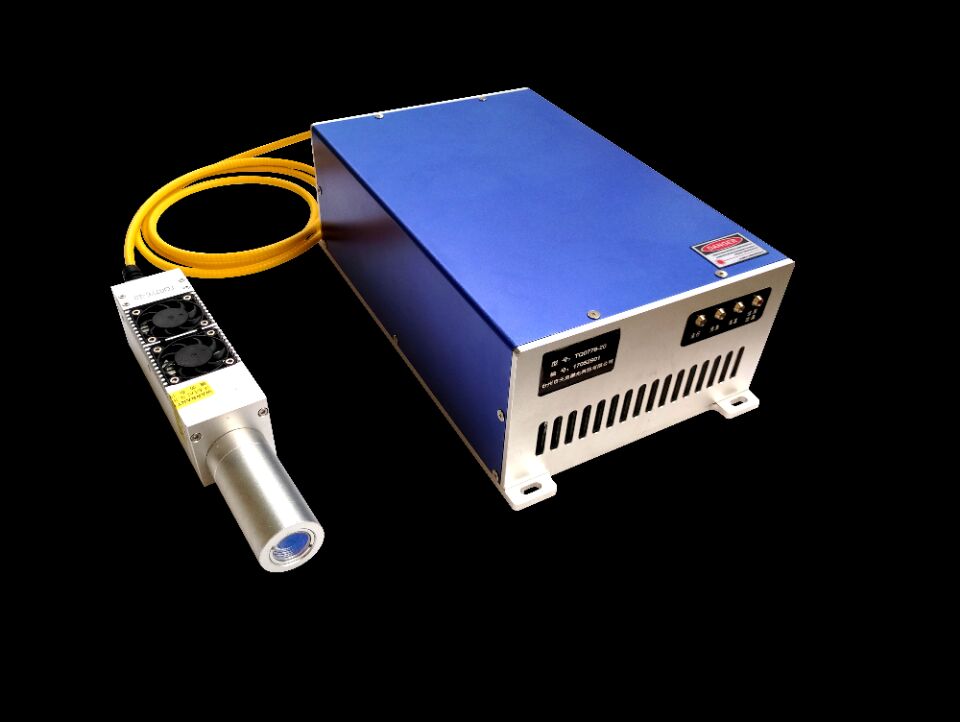

In the production and manufacturing of automobile and spare parts, the establishment of identity is the basic of quality traceability and recall. It is very important to establish the uniqueness of automobile and spare parts identity according to the marking method. Automobile marking has been more and more widely used because of its high efficiency, adaptability and permanence. Laser marking is a kind of marking method that uses high-energy density laser to locally irradiate the workpiece, vaporize the surface material or change the color of the chemical reaction, and then leave a permanent mark. Laser marking is characterized by non-contact production and processing, which can be marked on any special-shaped surface, and the workpiece is not easy to deform and form internal stress. Modern auto parts are made of a variety of materials, including metal materials, plastics, glass, ceramics, wood and leather. Laser can be used to mark the appearance of all these materials.
The fiber laser marking machine uses the fiber laser to output the laser, and then completes the standard function through the high-speed scanning galvanometer system. The optical fiber laser marking machine has high electro-optic conversion efficiency and adopts air cooling method for refrigeration. The whole machine has small volume, good output beam quality and high stability. The equipment can carve metallic materials and some non-metallic materials. It is mainly used in fields with high requirements for depth, smoothness and fineness.
Naturally, the application of laser technology in automobile is not limited to this. It also involves many technologies such as drilling, heat treatment, surface coating, glazing, forming, remelting, model manufacturing and micro production processing, and involves various fields of product production and manufacturing.
Over the years, great changes have taken place in the social role of cars. Today, the car is no longer just a simple means of transportation. It has been deeply integrated into people's life and work. In addition, with the continuous rise of automobile ownership and the continuous deterioration of the environmental and energy crisis, the automobile industry is also facing many challenges. The market puts forward higher requirements for automobile environmental protection, safety and comfort. Compared with traditional processing technology, laser processing technology has injected more vitality into automobile manufacturing. In the face of these challenges, the automobile industry continues to promote its development on the road of pursuing sustainability.
